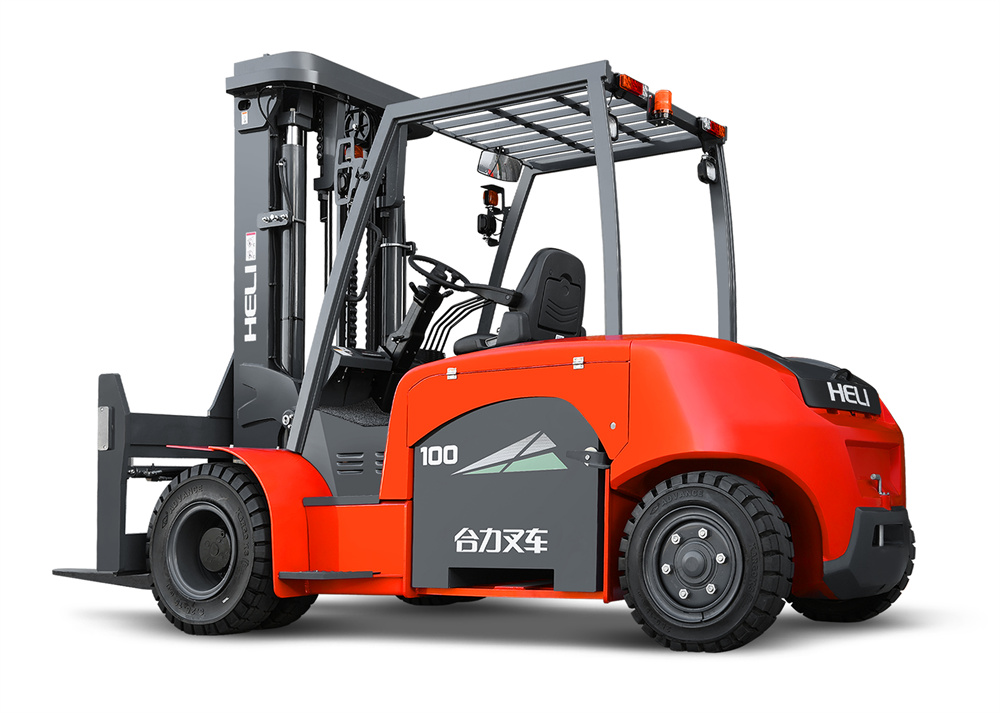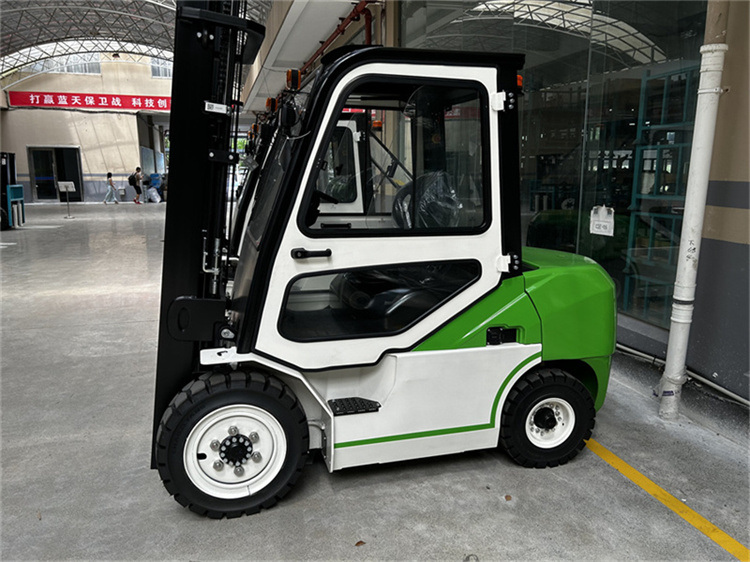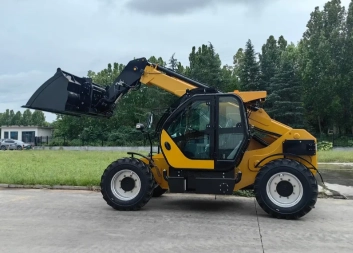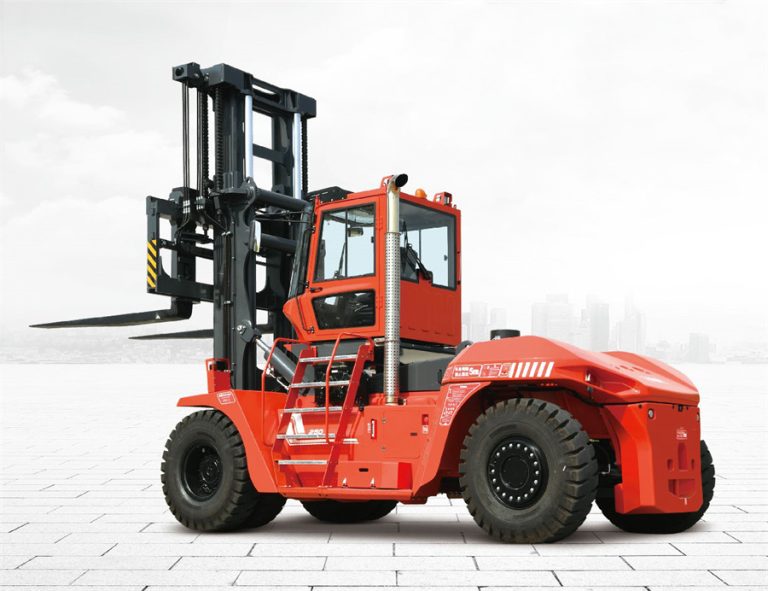Picture this: it’s the middle of a busy warehouse shift, and the air hums—not with the roar of engines, but with the steady rhythm of pallets sliding into place. No ear-splitting diesel growls, just a whisper of wheels on concrete. That’s the silent advantage of electric forklifts in action. For folks running warehouses, factories, or distribution centers, switching to electrics isn’t just about going green. It’s about keeping your team sharp, your operations smooth, and your bottom line healthier. In this post, we’ll dig into how these machines cut risks and crank up output, drawing from real setups where the difference shows up day in, day out.
The Noise Factor: Why Silence Matters in the Warehouse
Noise in a warehouse isn’t just annoying—it’s a thief. It steals focus, amps up stress, and sets the stage for slip-ups. Traditional gas or diesel rigs? They can hit 80-90 decibels, like a jackhammer nearby. Over an eight-hour shift, that wears on hearing and nerves alike. Electric forklifts, though, run at under 70 decibels. Quiet enough you can chat without yelling, or hear a warning beep from across the aisle.
Take a typical picking operation. Operators weaving through stacks of boxes— with electrics, they pick up on subtle cues, like a colleague’s call-out or the creak of a shifting load. One study from the material handling world pegs noise-related distractions as a factor in up to 15% of minor incidents. Dial that down, and you’ve got fewer close calls. Plus, less racket means less fatigue. Guys on the floor tell me shifts feel shorter when the din fades; they wrap up fresher, ready for overtime if needed.
But it’s not all peace and quiet. Electrics bring zero exhaust fumes, too. In tight indoor spots, diesel haze can fog visors or irritate lungs, leading to hazy judgments or coughs that pull someone off the line. Electrics clear the air, literally, so your crew breathes easier and stays on task.
Key Noise-Reduction Perks at a Glance
- Hearing Protection Savings: No need for constant plugs or muffs—frees up hands and heads.
- Better Team Flow: Clearer communication cuts mishears, speeding up handoffs by 10-20% in busy zones.
- Shift-End Boost: Lower stress levels mean operators report 25% less burnout, per industry chats I’ve heard.
Smoother Rides, Safer Operations
Electric forklifts don’t just hush things up—they handle like a dream on rails. That smooth electric torque means no jerky starts or stalls, which is huge for stability. Regen braking kicks in gentle, recapturing energy while stopping loads dead without skids. In a yard I visited last year, a team swapped diesels for electrics and saw rear-end bumps drop by half. Why? Predictable power keeps the forks level, even on uneven floors.
Safety shines in the details. Models like the I-series three-wheelers pack auto speed reducers for turns—slows you down just enough in a corner, no fishtailing. Anti-rollback holds you steady on ramps, so no rolling backward into traffic. And operator presence sensors? They lock the brakes if someone’s not strapped in. For a 1.6- to 2-ton lift in narrow aisles, that’s gold. You can thread through racks without white-knuckling the wheel.
Vibration’s another win. Diesels shake like a bad massage; electrics hum soft. Less rattle means steadier hands on controls, fewer dropped pallets. In one factory retrofit, vibration cuts led to a 30% dip in repetitive strain reports. It’s the little things—your back thanks you after a long haul.
Oh, and let’s not forget visibility. Clear cabs, no engine hood blocking the view. Spotting pedestrians or obstacles gets easier, especially in low light. I’ve seen setups where adding LED lights to electrics turned foggy loading docks into clear paths, shaving minutes off each unload.
Boosting Efficiency Without the Fuss
Productivity isn’t about working harder—it’s smarter moves, longer runs. Electric forklifts nail this with batteries that punch above their weight. Lithium-ion packs, like those in the 3-ton high-voltage models, charge in 1-2 hours and hold steady power all shift. No midday top-offs that kill momentum. Regen braking? It feeds back 20-30% of energy, stretching a charge further than you’d think.
Maintenance is a breeze, too. No oil changes, fewer belts to snap. Downtime drops—think 50% less, based on fleet logs from similar ops. For a 2.5-ton short-wheelbase unit squeezing through tight spots, that means more cycles per hour, not wrench time.
Let’s break it down with some models side by side. Here’s a quick look at how capacities stack up for everyday jobs:
| Model | Load Capacity | Battery Type | Charge Time | Turning Radius (m) | Best For |
| I-Series 3-Wheel | 1.6-2 tons | Lithium/Lead-Acid | 1-2 hrs (Li) | 1.6-1.8 | Narrow aisles, retail |
| 2.5-Ton Short Wheelbase | 2.5 tons | Lithium | ~2 hrs | Compact (short base) | Confined warehouses |
| E2 Series Retrofit | 3-3.5 tons | Lithium | 1-2 hrs | Standard | Factory upgrades |
| 3-Ton Lithium (Pink/Green) | 3 tons | High-Voltage Li | 1 hr | 2.0 | General logistics |
| Heavy-Duty Lithium | 20-28 tons | High-Capacity Li | 2-3 hrs | Wider (3.5+) | Ports, heavy yards |
See how the short wheelbase shines for agility? In a 10-foot aisle, it turns on a dime, stacking 20% more in the same space. And those heavy hitters? For port work, their torque hauls 25-ton containers without breaking a sweat, all on one charge if you plug in breaks.
It’s not flawless, mind you. Cold snaps can nibble at battery life a bit—nothing a warm dock can’t fix. But overall, these rigs keep things moving, no drama.
Real-World Wins: Stories from the Floor
Talk to a warehouse lead, and they’ll spin yarns about the switch. At a Midwest distribution hub, they rolled out E2-series retrofits on old diesel frames. Operators noticed right away: quieter runs meant catching errors early, like a mislabeled pallet, before it shipped out. Productivity jumped 15% in the first month—more lifts, fewer fixes.
Then there’s the tight-spot specialist, the I-series three-wheeler. In a parts depot crammed with shelves, it navigates like a golf cart on steroids. One guy shared how it cut his travel time between bays by minutes, letting him knock out 50 picks instead of 40. Safety-wise, the auto-slow on turns? Saved a potential scrape when a newbie swung wide.
For bigger beasts, picture a steel yard with 20-ton lithium models. No fume clouds hanging over the crew, and regen braking means hauling coils uphill without puffing. A foreman mentioned their accident rate halved—not flashy, but it keeps insurance quotes friendly.
Funny aside: I once watched a demo where the electric’s silence snuck up on everyone. The rep had to tap the operator’s shoulder to start—turns out, folks expect that rumble. Once it moved, though? Pure poetry in motion.
Meet JinChengYu FORKLIFT: Powering Your Electric Edge
If you’re eyeing that silent advantage, JinChengYu FORKLIFT stands out as a go-to supplier. Based in Qingdao, they’ve been crafting tough, reliable electrics for years, from nimble three-wheelers to beasts that tame 28-ton loads. Their lineup—think I-series for zippy indoor runs or high-voltage lithium packs for all-day grit—focuses on what matters: gear that safeguards your people and keeps goods flowing. With features like regen braking and stability controls baked in, JinChengYu builds for the long game, blending Chinese engineering smarts with real-world grit. They’re not just selling trucks; they’re handing over tools that fit your hustle, backed by quick charges and low upkeep to keep your shifts humming.
Wrapping It Up: Quiet Power, Big Gains
So, there you have it—the silent advantage isn’t hype. Electric forklifts dial down dangers and dial up output in ways that stick. From hushed aisles to steady hauls, they make the tough days a touch easier. If your operation’s still rumbling along on old fuel, maybe it’s time for a test drive. Your crew—and your numbers—might just thank you.
Frequently Asked Questions
What exactly is the silent advantage of electric forklifts?
It’s that low hum—or lack thereof—that lets workers stay alert without the constant engine roar drowning out warnings or chats. In setups like busy warehouses, it cuts distractions and fatigue, paving the way for safer, smoother shifts.
How do electric forklifts improve worker safety beyond just being quiet?
They pack in stuff like regen braking for controlled stops, auto speed limits on turns, and sensors that lock things down if the seat’s empty. In real spots, like ramp work or crowded floors, these keep loads stable and operators in the loop—no surprises.
Can electric forklifts really boost productivity in a full-on warehouse?
Absolutely. Fast lithium charges mean less waiting around, and low maintenance frees up hours for actual lifting. Teams report stacking more in tight spaces, like with short-wheelbase models, turning a standard day into one that beats quotas.
Are there electric options for heavy lifting, say over 20 tons?
Sure thing—high-capacity lithium rigs handle 20 to 28 tons with torque that rivals diesels, plus energy recovery to stretch shifts. Ports and yards love ’em for zero fumes and rock-solid stability on big loads.
What’s the upkeep like on these electric forklifts compared to gas ones?
Way simpler. No oil or filters to swap, and batteries last years with spot-checks. It adds up to half the downtime, so your floor stays productive without surprise shop visits.

